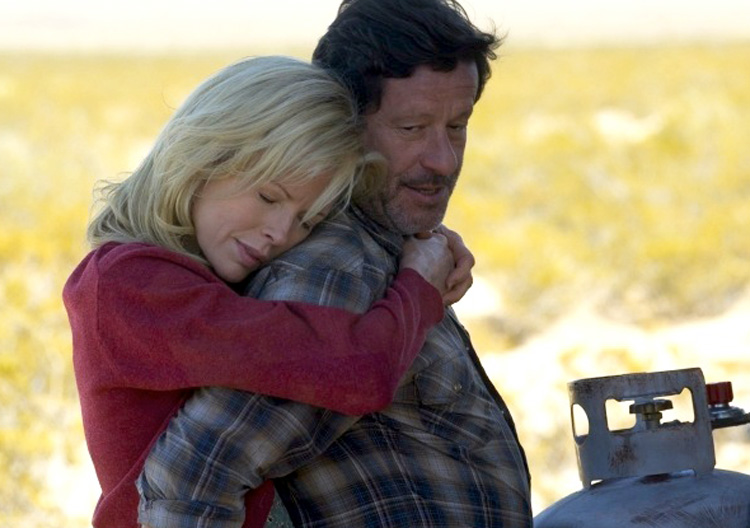The Burning Plain Review: A Romantic Mystery with Lots of Emotional Journeys
Many of the same characters reappear in “The Burning Plain,” despite the events taking place possibly 20 years and 1,000 kilometers apart. If told in order, it may have built up a lot more tension. Guillermo Arriaga’s choice to tell the story in a complicated web of flashbacks and flashforwards in many different places is a boring way to show off.
He is accustomed to stories with multiple threads. Together with Alejandro Gonzalez Inarritu, he penned the screenplays for the multifaceted masterpieces “Amores Perros,” “Babel,” and “21 Grams.”
Everything was happening in a distinct setting, and there were distinct personalities involved. That sped things up a lot. The human drama that happened in each setting was consistent and well-developed, and each scene could have been put back together to make its own short movie.

The director of his debut feature picture, “The Burning Plain,” Alejandro Arriaga, should have probed the script more deeply. To tell you that many of the individuals we meet are the same people at different periods in their life and that some of the guys at different ages are hard to tell apart, maybe a spoiler or merciful assistance, depending on your perspective.
Inevitably, you’ll get there before the movie finally gives in and explains everything (which, ideally, won’t be too late). When you consider the Law of Economy of Characters, you see that there’s no reason for parallel plot lines that are never going to cross paths. You see that there are primarily two settings, New Mexico and Oregon, and you deduce that years must have passed, despite the fact that the visible cues (cars, clothing) don’t support this.
Just what role does Arriaga play in this building? Question me. He’s trying to impress others with his intelligence too much. It’s a pity because even when they have to build up emotion or refer back to the same characters played by different actors, his performers still give him effective performances.
Since I have already spoiled the two different eras for you (or maybe I have just made it better), I will not bother you with any more background information and will instead focus on describing the people we encounter. While living in New Mexico with her spouse, Gina (Kim Basinger), falls deeply in love with Nick (Joaquim de Almeida), who is not her husband. They are located in different cities, so he has a house trailer set up in between them.
This mobile house is both far enough from the road that it is never passed, yet close enough that Gina’s adolescent daughter, Mariana (Jennifer Lawrence), may ride her bike there. Santiago (J.D. Pardo), Nick’s kid, happens to cross paths with Mariana by complete chance. Arriaga’s scripts tend to be full of improbable occurrences like this.
Sylvia (Charlize Theron) runs a trendy beachfront restaurant in Oregon, where she experiences profound dissatisfaction.

She has short, pointless flings with virtually any male, and she frequently skips work to sit alone and smoke a cigarette high above the surf. Jose Maria Yazpik), a mystery man who has been following her, demands that they finally meet. Maybe he has an erogenous zone need. Actually, the situation is far more convoluted than that.
And with that, I shall conclude.
Both Basinger and Theron are fantastic in their major parts, but the script doesn’t allow for any sort of continuity for them, which is something that’s essential for main characters. Intelligent and courageous in her acting choices, Theron must have had faith that the writer of those three brilliant screenplays and also of “The Three Burials of Melquiades Estrada” would know how to navigate this tangle since she is one of the film’s producers. The bad news is that he doesn’t.

